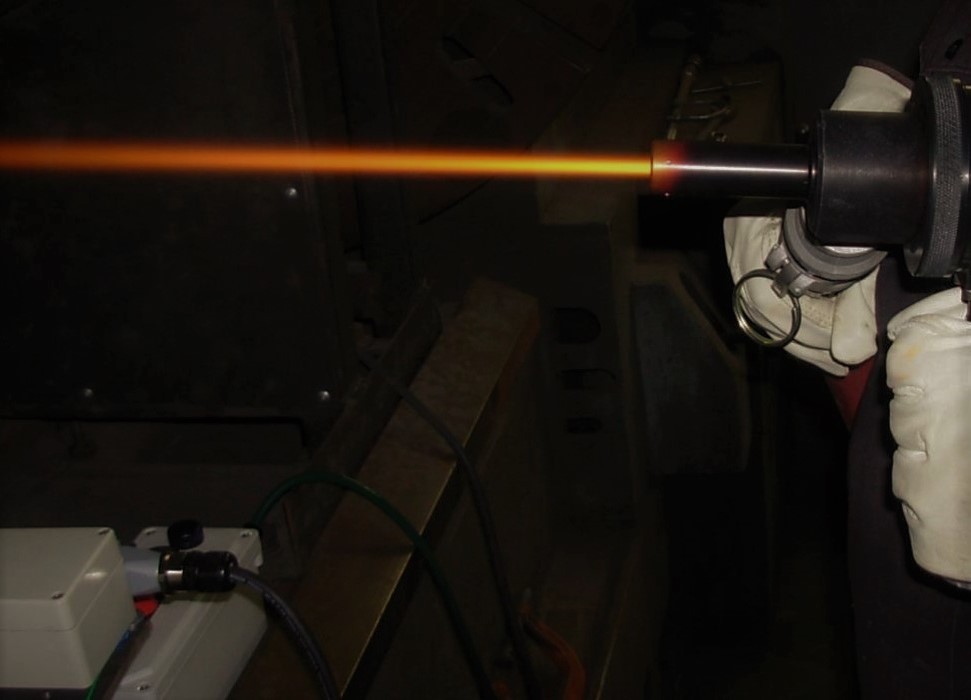
Author: Ali Kosari Mehr
Thermal spraying
Being a thick-film deposition process, thermal spraying mainly deposit corrosion/wear-resistant coatings with low thermal/electric conductivity. In this process, a high thermal current including melted particles to be deposited – metal, ceramic, etc. – culminates in the formation of coatings on substrates/objects. Accordingly, during film deposition, microscopic pores and cavities filled by atmospheric gas molecules can be created due in part to the quick solidification/progressive accumulation of the particles. Provided that the particles to be deposited are metallic, the surface of the coatings definitely includes oxides. In addition, the rationale behind the occasional lack of a continual diffusion coating deposited can be the weak adhesion of the coating to the substrates/objects. Generally, the process of thermal spraying is comprised of three steps:
- Pre-treatment of substrates’ surfaces (i.e., roughening and cleaning)
- Spraying process
- Machining of coatings (if needed)
Hinging upon the consideration concerning thermal energies applied, the following means can be used in the thermal spraying process:
- Gas-arc spraying – the required heat is provided by electric arc
- Gas-flame spraying – the required heat is provided by either the act of burning the gas in an oxygen jet or the detonation wave created through igniting the mixture of oxygen and acetylene
It is noteworthy that materials to be deposited can be in the forms of powder, wire, and rode. Ultimately, the advantages and disadvantages of thermal spraying are presented in brief:
Advantages
- Thermal spraying can deposit coatings with various characteristics – for instance, spraying of polyamides and ceramics.
- Thermal spraying can be utilized to coat objects with diverse geometries – for instance, sizable objects and parts.
- Thermal spraying accompanied by welding enables the deposition of coatings with several-millimeter thickness.
- The equipment for thermal spraying is portable.
- In spite of being technologically easy, thermal spraying can be highly productive and effective.
Disadvantages
- Given that the effectiveness of thermal spraying lies in the proper adhesion of coatings to substrates/objects and that the proper adhesion is obtained by cleaning and abrasive pretreatment of substrates’ surfaces with crushed materials such as corundum and steel, the cleaning/pretreatment process can be strenuous for massive objects.
- For some coatings, it is probable that the combination of air and the reflected particles to be deposited creates waste products harmful to human health.
- Coatings deposited by thermal spraying typically do not function properly under tensile stress.
References:
- Ružbarský J, Panda A (2017) Plasma and thermal spraying Webpage
-
 20 Aug, 2022What is Auger electron spectroscopy?
20 Aug, 2022What is Auger electron spectroscopy? -
 13 Jul, 2022Classification of vacuum pumps
13 Jul, 2022Classification of vacuum pumps
